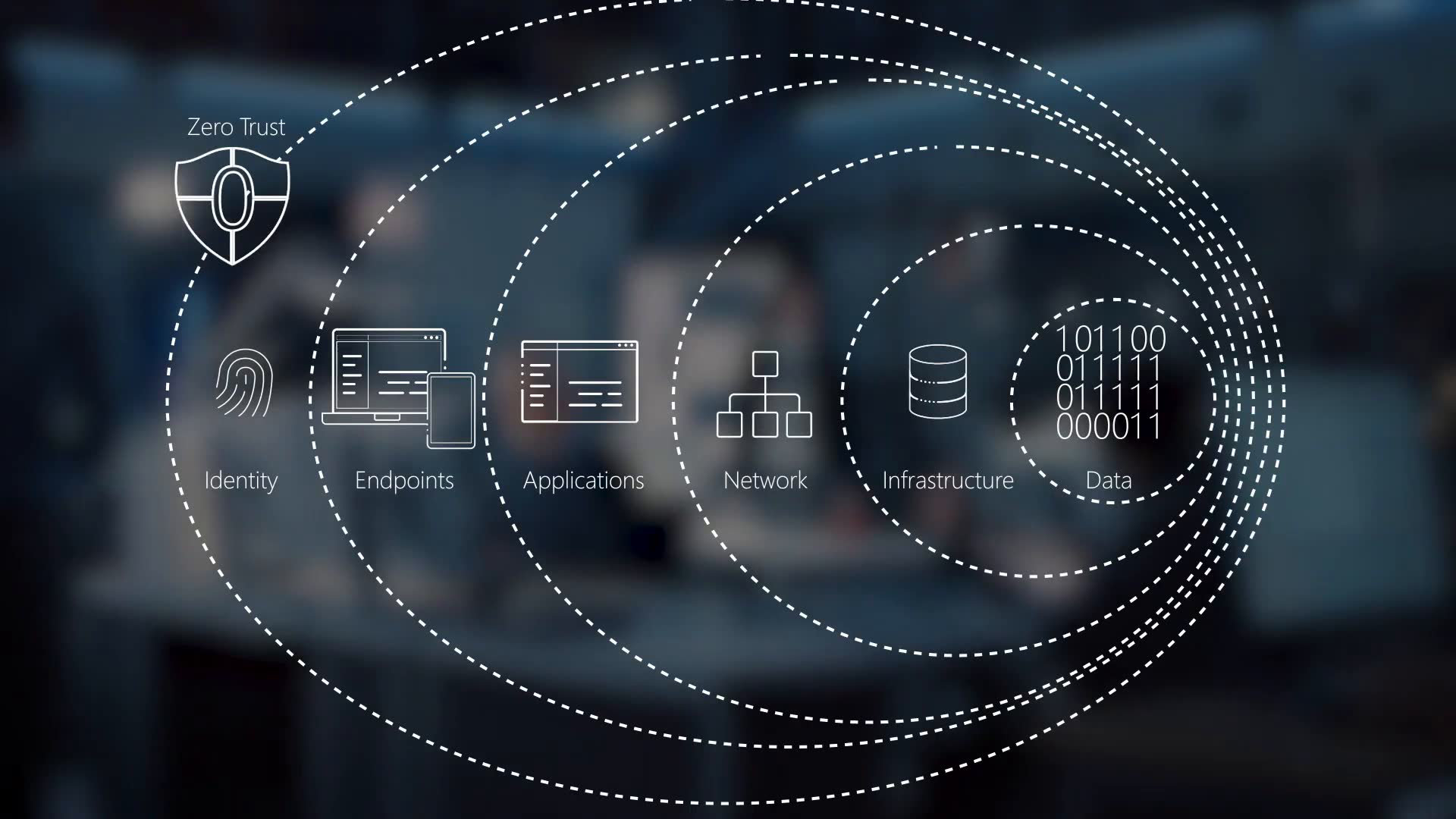The metaverse, a virtual universe where digital and physical realities merge, is revolutionizing how we interact, work, and play. From virtual meetings and immersive gaming to owning digital assets and conducting business, the metaverse promises endless opportunities. However, as its popularity grows, so does the need to address cybersecurity risks that threaten this burgeoning ecosystem.
In this interconnected world, the metaverse depends heavily on personal data, immersive technologies, and blockchain systems. This makes cybersecurity a cornerstone for safeguarding users and ensuring trust. Let’s dive into the cybersecurity trends shaping the metaverse and why they’re vital for its future.
Understanding Cybersecurity in the Metaverse
Unique Security Challenges
The metaverse introduces novel security concerns unlike those seen in traditional digital platforms. Issues such as avatar impersonation, virtual property theft, and malicious malware tailored to virtual environments present new challenges for developers and users alike. For example, an attacker might manipulate someone’s avatar to commit fraud or steal virtual real estate and NFTs.
Blurring Lines Between Virtual and Real
What happens in the metaverse doesn’t stay there—it often spills into the real world. A compromised metaverse account could lead to financial losses, identity theft, or even real-world reputational damage. The intertwining of virtual and real-world identities amplifies the stakes for metaverse cybersecurity.
Top Cybersecurity Trends Shaping the Metaverse
Biometric Security Integration
As the metaverse becomes more personalized, securing digital identities with biometrics is gaining traction. Technologies like facial recognition, voice authentication, and even heartbeat patterns are being employed to verify users. These methods provide a more secure alternative to traditional passwords, reducing the risk of account breaches.
Decentralized Identity Solutions
Blockchain technology is paving the way for decentralized identity systems, allowing users to control their data. Unlike centralized systems prone to massive data breaches, decentralized identity platforms store user credentials on the blockchain, making them more secure and harder for hackers to exploit.
AI-Driven Threat Detection
Artificial intelligence plays a pivotal role in detecting and mitigating cyber threats in real-time. AI algorithms analyze patterns of user behavior, flagging anomalies that could indicate a breach. This proactive approach is essential for addressing threats in a dynamic environment like the metaverse.
Zero-Trust Security Models
The zero-trust security model, which assumes that no user or device is automatically trustworthy, is gaining popularity in the metaverse. By requiring continuous verification for every interaction, this model minimizes the risk of insider threats and unauthorized access.
Encryption for Virtual Communications
In the metaverse, secure communication is paramount. End-to-end encryption ensures that private conversations, data sharing, and transactions remain confidential, protecting users from eavesdropping or data leaks.
Virtual Reality (VR) and Augmented Reality (AR) Safety Protocols
As VR and AR devices serve as gateways to the metaverse, securing these technologies is critical. Cybersecurity protocols must protect users from malware attacks, unauthorized data collection, and vulnerabilities that could compromise their immersive experiences.
Risks of Cybersecurity Neglect in the Metaverse
Loss of Digital Assets
Ignoring cybersecurity in the metaverse can result in losing valuable virtual assets such as cryptocurrencies, NFTs, and virtual real estate. Cybercriminals can exploit system vulnerabilities to steal or manipulate these digital properties.
Data Privacy Breaches
With vast amounts of personal data collected in the metaverse, a single breach can have devastating consequences. Such incidents could expose sensitive information, leading to identity theft and financial fraud.
Impact on User Trust
Cybersecurity lapses can erode user trust, which is essential for the metaverse’s growth. Users are unlikely to engage with platforms where they feel their data and assets are at risk, potentially stalling the adoption of this transformative technology.
Best Practices for Staying Safe in the Metaverse
Tips for Metaverse Users
- Use Strong Passwords and Multi-Factor Authentication (MFA): Strengthen account security by combining robust passwords with MFA.
- Be Cautious with Links and Downloads: Avoid clicking on suspicious links or downloading unverified content.
- Limit Sharing of Sensitive Information: Be mindful of what personal data you share in virtual environments.
Advice for Developers and Companies
- Implement Security-By-Design: Ensure cybersecurity is embedded from the early stages of platform development.
- Regular Updates and Patches: Continuously update systems to address vulnerabilities and adapt to new threats.
- User Education: Provide resources and training to help users recognize and avoid potential threats.
Future of Cybersecurity in the Metaverse
Evolving Threats and Countermeasures
As the metaverse evolves, so will the sophistication of cyber threats. Developers must stay ahead by leveraging advanced technologies like machine learning and blockchain to build resilient systems. Collaboration between cybersecurity experts and metaverse developers will be crucial in creating robust defenses.
Collaboration Between Stakeholders
Building a secure metaverse requires cooperation among tech companies, governments, and users. Standards and regulations must be established to ensure consistent security practices across platforms. Public awareness campaigns can also play a vital role in educating users about potential risks and preventative measures.
Conclusion
The metaverse is a revolutionary concept with the potential to redefine how we interact and transact in the digital world. However, its success hinges on robust cybersecurity measures to protect users and their data. By staying informed about the latest cybersecurity trends and adopting proactive practices, we can shape a secure and trustworthy metaverse for everyone.
The journey of the metaverse is just beginning. With collaboration, innovation, and vigilance, we can address its cybersecurity challenges and unlock its full potential as a safe, immersive digital frontier.







